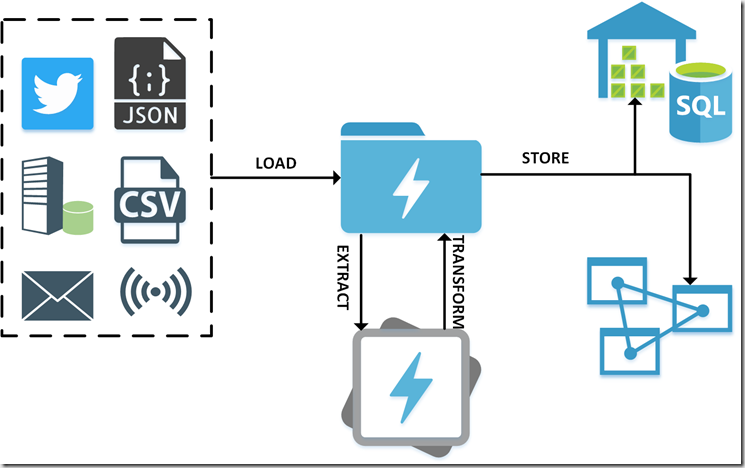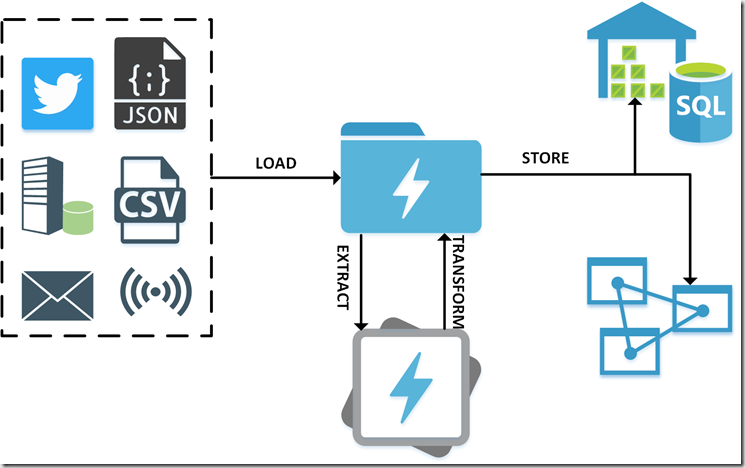At the PASS Summit this year, I attended a session by Michael Rys. In this session he introduced the concept of LETS as an approach to process data in the data lake. If you are familiar with data lake, then you will be familiar of having to apply a schema to the data held within. The LETS approach is purpose design for schematization.
Where ETL stands for Extract, Transform, Load or ELT stands for Extract, Load, Transform – LETS stands for Load, Extract, Transform, Store.
Data are Loaded into the data lake
Data are Extracted and schematized
Data are Transformed in rowsets
Data are Stored in a location, such as the Catalog in Azure Data Lake Analytics, Azure Data Warehouse, Azure Analysis Services, for analysis purposes.
I really like this approach as it makes sense for how data are handled in the data lake. It’s something that I will be advocating and using, and I hope you do too!



Introduction to Data Wrangler in Microsoft Fabric
What is Data Wrangler? A key selling point of Microsoft Fabric is the Data Science
Jul
Autogen Power BI Model in Tabular Editor
In the realm of business intelligence, Power BI has emerged as a powerful tool for
Jul
Microsoft Healthcare Accelerator for Fabric
Microsoft released the Healthcare Data Solutions in Microsoft Fabric in Q1 2024. It was introduced
Jul
Unlock the Power of Colour: Make Your Power BI Reports Pop
Colour is a powerful visual tool that can enhance the appeal and readability of your
Jul
Python vs. PySpark: Navigating Data Analytics in Databricks – Part 2
Part 2: Exploring Advanced Functionalities in Databricks Welcome back to our Databricks journey! In this
May
GPT-4 with Vision vs Custom Vision in Anomaly Detection
Businesses today are generating data at an unprecedented rate. Automated processing of data is essential
May
Exploring DALL·E Capabilities
What is DALL·E? DALL·E is text-to-image generation system developed by OpenAI using deep learning methodologies.
May
Using Copilot Studio to Develop a HR Policy Bot
The next addition to Microsoft’s generative AI and large language model tools is Microsoft Copilot
Apr